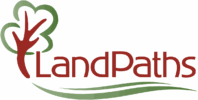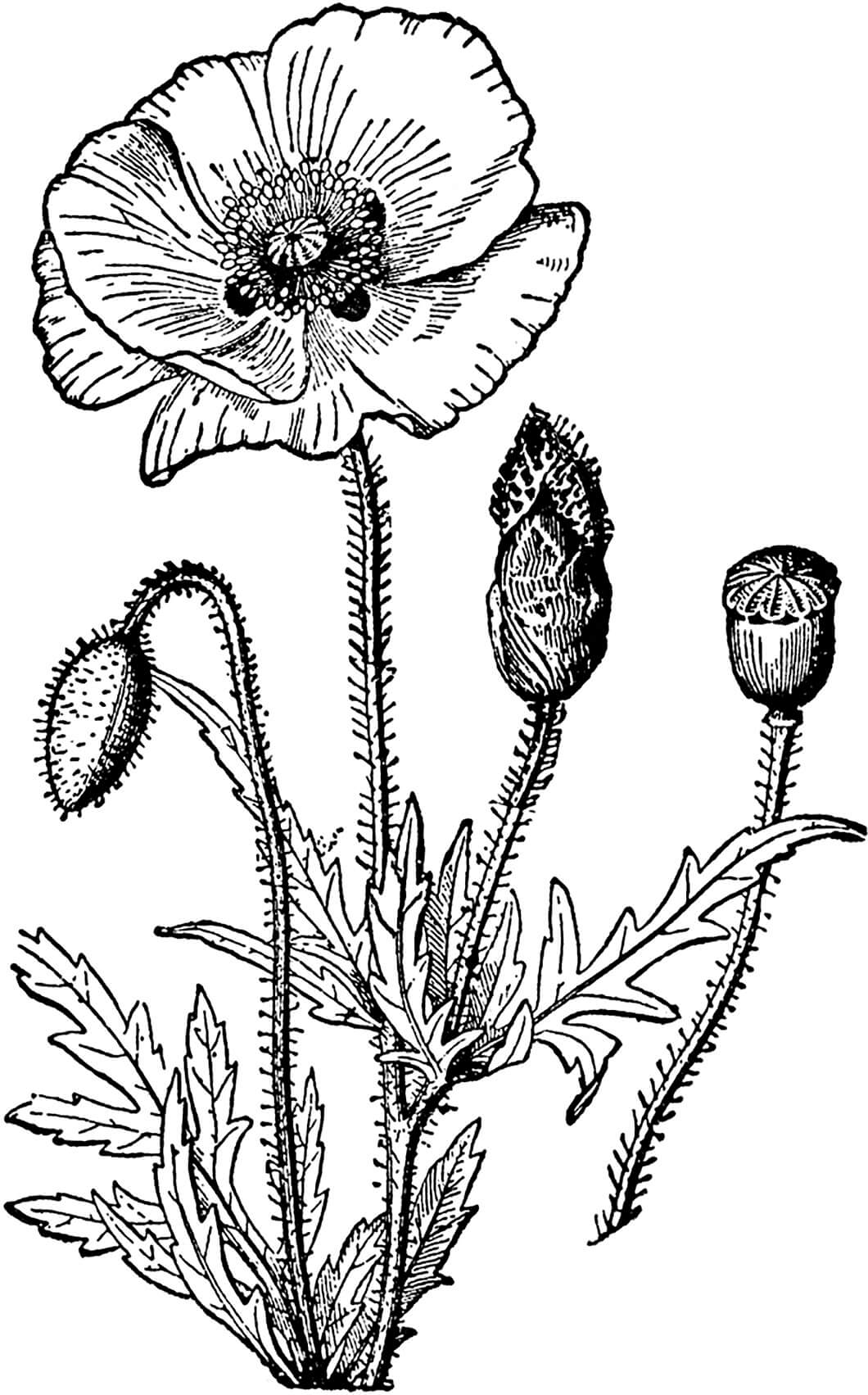At the heart of why I believe LandPaths is so unique is that there was never any box-checking in terms of a commitment to equity. It was always from the start, courageous, bold, internal, and meaningful. I think you can see that in the programming, in the way that a diversity of community members feel like they are a part of LandPaths and participate in your programming. That commitment to equity has brought the organization to a place where it is embraced by so many.
When did you start at the Community Foundation and how did you get connected with LandPaths?
I started with Community Foundation 10 years ago, and very quickly I started to hear about LandPaths because I was hired as a Program Officer for Arts & Education, which includes environmental education. My supervisor at the time, Robert Judd, was a big fan of LandPaths, and of Craig and Lee and everything they stood for. Right away, LandPaths came into my view as an organization that lives its values and that was important for us to know about in our grantmaking. It was early on that I began to know about all the work that LandPaths has been doing in support of young people getting to feel they belong to the land here in Sonoma County.


As a parent, I also have experience with LandPaths: my kids were part of IOOBY [LandPaths’ In Our Own BackYard environmental education program], so they got to experience it, and they came home with their nature names that they selected, and the field journals – they loved to share those with me. Then my kids also ended up going to Owl Camp, so I’ve seen LandPaths’ impact both professionally and personally.
With 10 years at the Community Foundation, working with so many nonprofits across Sonoma County, you have a unique depth and breadth of perspective. What stands out about LandPaths? ?
At the heart of why I believe LandPaths is so unique and lives their values is that there was never any box-checking in terms of a commitment to equity. It was always from the start courageous, bold, internal, and meaningful. I think you can see that in the programming, in the way that now you’re having a diversity of community members feeling like they are a part of LandPaths and participating in your programming. I think that is what changed over the years – and it takes time – that a commitment to equity has brought the organization to a place where it is embraced by so many.
For many years people would say ‘yes, we care about equity’ or, ‘look on our website, we have an equity statement.’ LandPaths was courageous and such a leader in really looking inward, really spending the time to embed equity values in the organization first and then to bring it into their programming. There were no models for that back then, at the time it was really bold. LandPaths is visionary, with a leadership that has always been willing to take those risks.
Your approach to grantmaking and making an impact in Sonoma County has been one of true partnership. Can you share about this way of working, and your thoughts on partnership between LandPaths and the Community Foundation?
As funders, we at the Community Foundation are always looking at ways that the small amount of resources we have can have the greatest possible impact and that’s always done in partnership. We don’t ever assume we’re going to have the answers as to what impact would look like.
We always found LandPaths to be – not just as a grantee that’s in our portfolio, but a partner in helping us to think about what has the greatest possible impact. It’s through conversations, through research, through experimentation that together we learn.
And together with LandPaths, we learned that – sure, we could potentially reach a lot more kids if you did a one-day field trip type experience for school groups, but if you’re really saying, “what we want is for kids to feel a deep sense of belonging to the land,” then it’s not a one-time experience. Over the years of understanding that, and being really mission driven about looking into it, it was just clear that it needed to be multi-day visits, and that would mean fewer kids impacted per year. So, as funders, it’s not, “we want to see 200 kids impacted by these dollars,” it’s really, “we want you to fulfill your mission with this resource of funding we can offer.” The partnership element of this is that we have been able to work together to figure out the best way to have the most impact.
We’re about to reach the 15-year anniversary of LandPaths’ Bayer Farm. Talking of partnership – this project has been so championed and supported by you and the Community Foundation. What impact do you see from Bayer Farm?
I love Bayer Farm so much for so many reasons! It has been an evolution; it’s not like it just happened. There was so much work done behind the scenes, so much negotiation with the City of Santa Rosa, and a commitment to just keep going and keep believing. Now you go there, and imagine that it could still be a dirt lot, but no – it’s the heart of the community. From my department where we make grants, to the philanthropic planning team where donors are able to provide resources, all of us love Bayer Farm and I think that it’s because the community has needed something like that for forever – and not just to have a place where you can grow food, but to have a place where community is built.
From what we value at the Community Foundation, Bayer Farm is not just a program that you’re going to track outcomes to show it was a good investment. It’s so much deeper than that, and I can think of one program, the iRead Outside program that’s based there – it’s just the perfect example of how LandPaths takes an idea from what the Community Foundation sees – we know that kids need to read with their parents – and multiplies it by so much, and brings the heart of LandPaths into the program, and suddenly you have iRead Outside and you’re coupling it with distribution of food from the Redwood Empire Food Bank, and families are feeling held, and that they belong, and they’re learning to connect with their kids. Then you bring in the group that made and donated quilts for each family to read on, and you see that everything is an opportunity for partnership, and everything is an opportunity to deepen the meaning of the project. I drove by the YMCA a few days ago and remember that LandPaths had put up an iRead photo show, so everybody at the Y could see the kids in nature, sitting on the quilts, reading – with parents and kids in their laps and a book. It was so beautiful. I just love that these things continue beyond our initial resources, so that they become a part of the organization and have a life beyond when we are able to continue funding.
I am also fond of Bayer Farm from a time I’ll always remember. Once when I was there for a meeting with Omar (Gallardo),Craig (Anderson), and Lee (Hackeling), and we were having lunch, a giant walnut fell on my head and it was like a great moment – “Yes, you’ve selected me, walnut tree!”
The science is hugely inspiring to me right now, because scientists are saying things like “we can’t perfectly predict how systems are going to adapt and change. We don’t want to try to predict and get it wrong. So instead, we should just protect at least 30 to 50 percent of natural systems in a diversity of topography and climate and sun exposure and water availability, so as the systems change in these ways we can’t understand, there’s enough room to adapt.”
It’s a conservative approach to say 30%, but that number being said publicly, and in a political context, is amazing. And in places that are more progressive like the Bay Area, they’re setting 50% by 2050 goals! It’s not going to perfectly save every species, but it is such a relief as a direction to move in – as somebody who is a land conservation professional, I think “ok I could do that, just get lots of land protected and focus on that as the way to stay resilient and adaptive to climate change.” I know climate change is huge, and I’m super scared myself, but this idea is something we can actually sink our teeth into in a way that is completely consistent with what the voters intended for our district.
The land itself, the natural systems and the rural agricultural systems, it’s a part of our community character, the fabric of our community, part of what Sonoma County means and stands for . . . so that the idea of the natural land and open space and rural landscapes being converted to other types of uses or developed or impacted – this is what drives me to work hard to ensure that’s not the case for the majority of these places.
25 years from now, what do you hope LandPaths and the Community Foundation’s impact will look like in Sonoma County.
With the foundation that has been laid in the first 25 years, in the next 25 I see that coming into real fruition. If you use the analogy of a young person’s first 25 years – this is when they’re establishing their values, their purpose, and their passions. Then when they are 25 to 50, that’s when they really realize those things and bring them to fruition. For LandPaths, I see a real continuity and expansion of the foundation that has been laid in the first 25 years. What I imagine will come next is the perfect combination of land stewardship and land acquisition, alongside fostering a love of that land, and bringing people into the land that may not see themselves there, may not have the resources to get there.
Also in these coming years, I really see LandPaths being primary in the learning that has been fundamental and growing around the damage we have done and the reparations we need to make with the Indigenous people, from whom the land we are sitting was colonized and taken. I really see LandPaths as primary in learning from, learning with, growing with those original peoples of these lands, and expanding the community’s awareness of the value of the indigenous practices, the value of the knowledge of the land, and how that can help all of us become better stewards of the land and more deeply connected. I see that as a piece of what you do, there’s an awakening for many around the reparations we need to make and the opportunity to learn.
I’ve talked a lot about mission and values and operationalizing those values – I wouldn’t want to miss that there’s something so joyful about LandPaths, something playful and effervescent! After 25 years, you can get stodgy and stuck in your ways, but there’s something so vivacious about the organization, so fresh! It’s not easy not to get bogged down, and I admire the whole organization for this. I admire how diverse the staff is, I admire the risks that have been taken, and I admire that you are all still playful and lovely as human beings!


